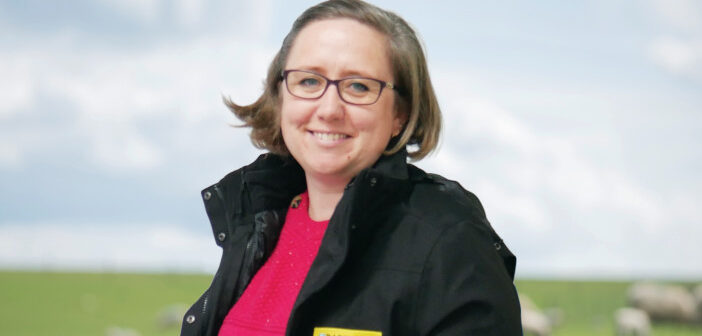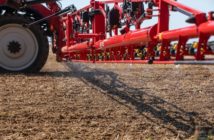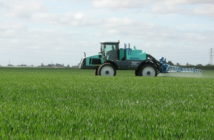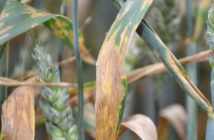Livestock farmers must pay close attention to their grass and pasture utilisation for the rest of the year, following the Met Office’s confirmation that the month of June 2023 was the hottest on record.
An average mean temperature of 15.8°C eclipsed the previous record by 0.9°C and was 2.5°C warmer than average – with Warwickshire, Surrey, Somerset and Cornwall all recording their warmest June ever.
“Thankfully these record temperatures were not matched by record dryness,” said Barenbrug’s Janet Montgomery, “But rainfall was in short supply for much of June, creating drier than average conditions. The UK had just 68% of its average rainfall for the month, with only 52.5mm falling. That figure went down to 51% in Wales.
“What’s concerning is that the dry spell came at a time when grass growth is at its highest, because of the long hours of sunlight and high temperatures. Both on grazing and forage amounts, this could really catch people out,” she warned, “because pastures haven’t been pumping out the amounts of grass that we’d normally expect.”
However, Ms Montgomery said – given recent rainfall events – that pastures are probably in a better position than last year, when the dryness continued: “We’ve a lot of growing days still ahead of us.”
Her advice to growers depends on what system they’re using: “It’s important to remember that while the dryness won’t affect the growth stage of grass, it will have an impact on the amount of biomass produced per unit area of pasture.
“On a set-stocking system, this will necessitate a decrease in the stocking rate, while rotational grazers will need to go for a bigger allocation each time. That’s especially important for dairy farmers to observe, because both milk quality and output will be affected if steps aren’t taken to manage that drop-off in biomass.”
Sheep and beef farmers, meanwhile, will likely see slower growth rates and a longer time to finishing, she suggested.
While it’s important to manage current production objectives, Ms Montgomery also highlighted the importance of pasture preservation during dry conditions: “We need to manage ‘the dry’, so as not to do lasting damage to the pasture. This means not grazing too short; allowing sufficient time between grazing and re-grazing; and, overall, trying to prevent too much damage to the sward.”
While topping might seem counterintuitive in the face of less biomass, Ms Montgomery pointed out that by taking off seed heads, not only will pastures become more palatable by removing stemmy material, it will also encourage the plant to divert energy into vegetative growth, rather than the intensive demands of reproductive growth: “Keep a track of soil moisture levels, too,” she advised. “With consistent periods of dry, you’ll need a decision-support process to help you introduce supplementary feeds at the right time.”
With last year’s dry period still fresh in many farmers’ minds, Ms Montgomery said many will be wondering how they can make pastures and swards more resilient in the face of a changing climate: “Changing species can be an effective strategy for areas with consistent summer dry,” she said. “Unless your fields are of an age when they’d benefit from a full reseed, then autumn overseeding can prove a cost-effective route to help mitigate the effects of future dry periods.
“Consider species that are a little higher in root biomass, such as tall fescue, which will help preserve pastures during dry periods. And although cocksfoot and tall fescue have a reputation for being clumpy, coarse and unpalatable, modern varieties make that a largely undeserved reputation. These species are deep-rooting, giving better access to moisture lower down in the soil profile.”
Finally, she added a word of reassurance for farmers concerned about balancing pasture health with livestock welfare: “While pasture health is at greater risk the longer the dry period continues – the grass isn’t able to refill its carbohydrate reserves in time to prevent damage – with time and correct management, it will come back.
“It’s easier to allow plants to recover than to put animals’ welfare at risk.”




